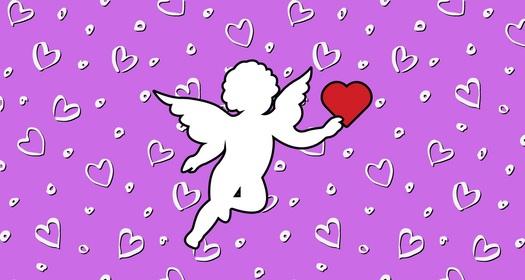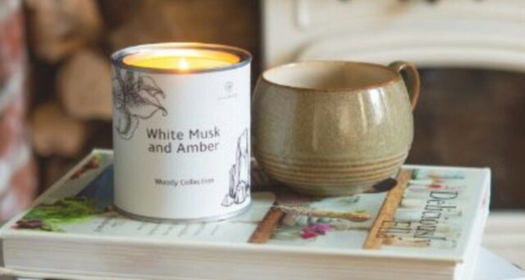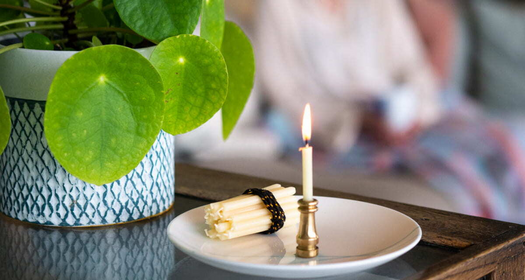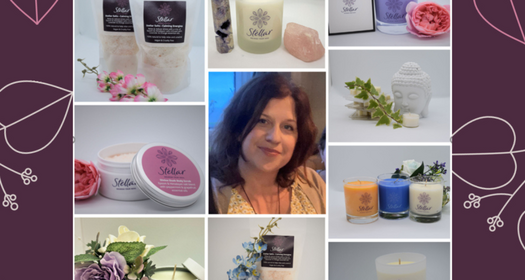
Birthstones and flowers are often used to celebrate a person's birth or to mark special occasions like anniversaries, weddings, and birthdays. They have been a part of human history and culture for thousands of years, and their meanings and symbolism have evolved over time. In this blog, we will explore the meanings behind some of the most popular birthstones and flowers.
Birthstones
Each month of the year is associated with a particular gemstone, known as a birthstone. Here are the 12 birthstones and their meanings:
| Birth month | Birthstone | Birthstone Meaning | |
| January | Garnet | Friendship, loyalty, and trust |  |
| February | Amethyst | Peace, courage, and stability |  |
| March | Aquamarine | Purity, clarity, and serenity |  |
| April | Diamond | Eternal love, purity, and strength |  |
| May | Emerald | Wisdom, growth, and patience |  |
| June | Pearl or Alexandrite | Innocence, purity, and faith / good fortune, luck, and love |  |
| July | Ruby | Love, passion, and energy |  |
| August | Peridot | Strength, courage, and vitality |  |
| September | Sapphire | Loyalty, faith, and truth |  |
| October | Opal or Tourmaline | Creativity, inspiration, and originality / compassion, tolerance, and understanding |  |
| November | Topaz or Citrine | Courage, confidence, and strength / happiness, prosperity, and success |  |
| December | Turquoise or Tanzanite | Protection, healing, and calmness / intuition, inspiration, and spiritual awareness |  |
Why do we have birthstones?
Birthstones have been used since ancient times as a way to symbolize a person's birth month and are believed to have certain properties and meanings that are associated with them.
Why do we have the birthstones we have?
The modern list of birthstones was standardized in 1912 by the National Association of Jewelers in the United States, and it is based on the gemstones that were traditionally associated with each month in various cultures.
Why do some months have two birthstones?
Some months have multiple birthstones because there are multiple traditions and cultures that associate different stones with that month.
Is there any scientific research behind birthstones?
birthstones are primarily a cultural tradition and do not have any scientific basis. However, they can be a meaningful and personal way to celebrate a person's birth month and make for beautiful and thoughtful gifts.
Birth Flowers
Flowers have been used for centuries to express emotions, convey messages, and decorate special occasions. Here are the meanings behind some of the most popular birth flowers:
| Birth Month | Birth Flower | Birth Flower Meaning | |
| January | Carnation | Admiration, love, and affection |  |
| February | Violet | Loyalty, humility, and faithfulness |  |
| March | Daffodil | New beginnings, hope, and renewal |  |
| April | Daisy | Innocence, purity, and true love |  |
| May | Lily of the Valley | Sweetness, humility, and purity |  |
| June | Rose | Love, passion, and devotion |  |
| July | Larkspur | Love, devotion, and dedication |  |
| August | Gladiolus | Strength, integrity, and sincerity |  |
| September | Aster | Love, patience, and elegance |  |
| October | Marigold | Warmth, protection, and creativity |  |
| November | Chrysanthemum | Loyalty, love, and trust |  |
| December | Narcissus | Hope, purity, and new beginnings |  |
Why do we have birth flowers?
Similar to birthstones, birth flowers are also a tradition that dates back to ancient times. Each month is associated with a specific flower that represents the qualities and characteristics of people born in that month.
Why do we have the birth flowers we have?
The origins of birth flowers are not entirely clear, but it is believed that the tradition originated in ancient Rome and was later adopted by Christians as a way to symbolize the birth of Jesus Christ.
Do any months have more than one birth flower?
Some months have more than one birth flower because different flowers can have unique meanings, symbolism, or associations that are relevant to the month or individuals born in that month. For instance, one flower may represent a specific quality, while another may represent a different one. Additionally, traditional associations with certain flowers can differ among cultures or regions, leading to different birth flowers being recognized for the same month. Therefore, multiple flowers may be chosen to represent a particular month, depending on the context and purpose.
In conclusion, birthstones and flowers are meaningful and beautiful ways to celebrate special occasions and express emotions. Whether you choose to wear your birthstone as jewelry or gift someone their birth flower, these symbols are a timeless way to connect with nature and the beauty of life.
.png)




